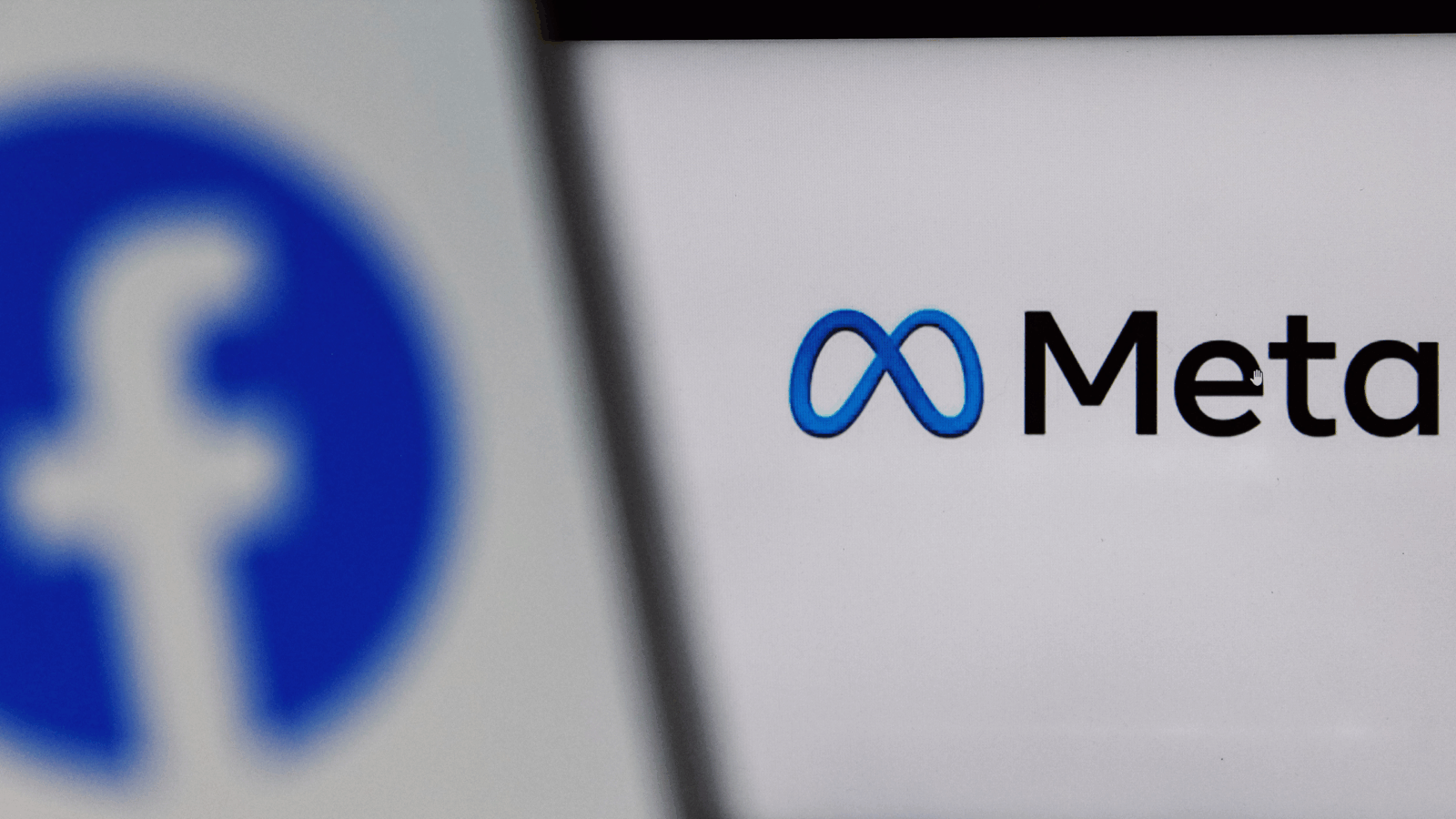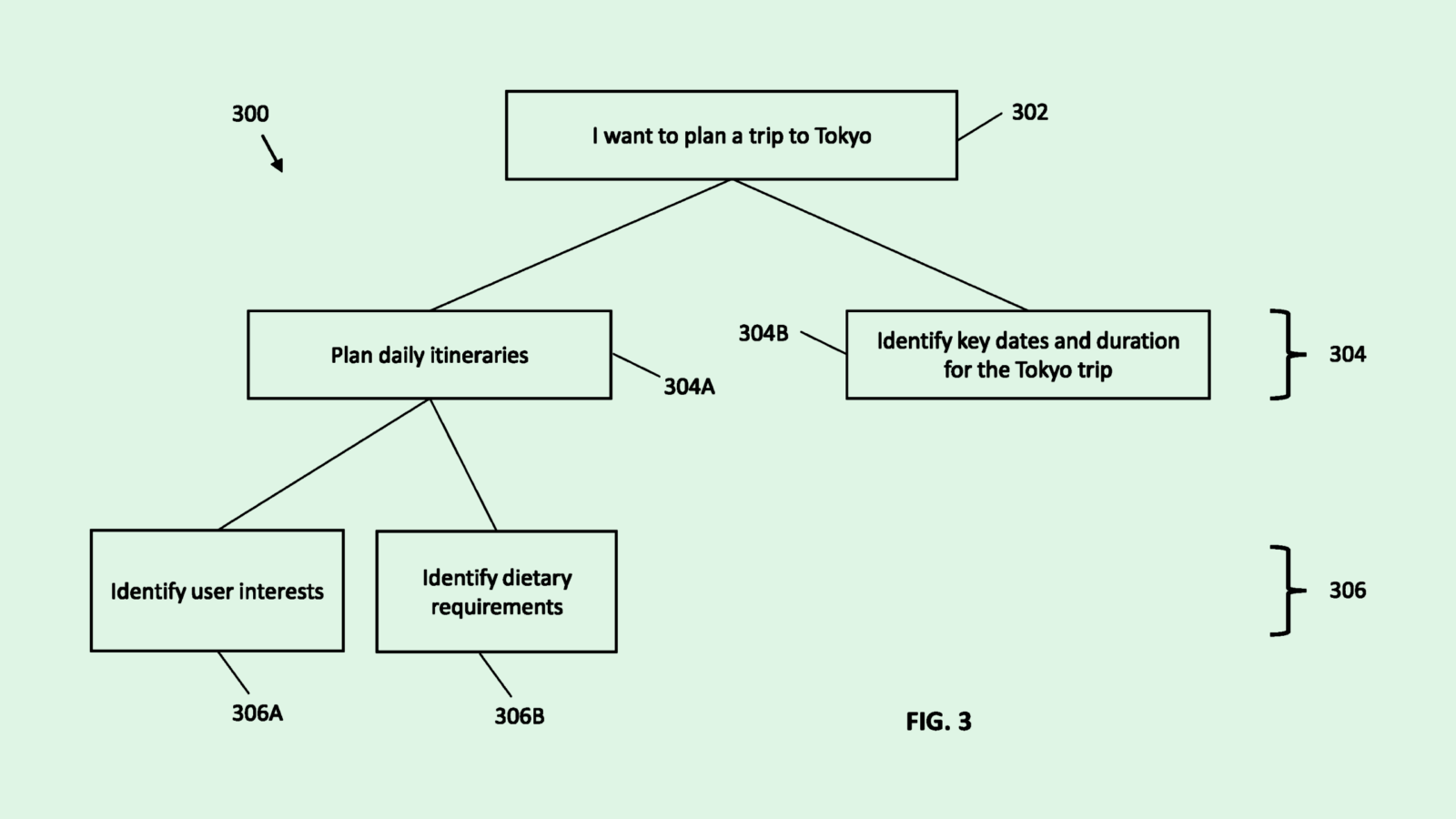Happy Thursday, and welcome to CIO Upside.
Today: As AI is woven into every part of enterprises, implementations in marketing and advertising departments present major complications. Plus: Why organizational resistance makes it hard to deploy a modern ERP system; and Google’s recent patent preps prompts for large language models.
Let’s jump in.
AI’s Potential Marketing Payoffs Come With Outsized Brand Risks

AI is coming for every part of the enterprise, and marketing is no exception.
Meta reportedly intends to use AI to fully automate the creation and targeting of ads by the end of 2026, The Wall Street Journal reported on Monday. Though Meta’s ad platform currently has some AI-powered features, the goal is to give businesses the capability to automate advertising from start to finish.
AI stands to benefit marketing and advertising in the same way that it bolsters other parts of enterprise operations: delivering cost, efficiency and productivity gains, said Linda Orr, Ph.D., fractional CMO and founder of Orr Consulting. Marketing expenses are often some of the tightest line items of a company’s budget, and using AI as a copilot for concepting, building and targeting campaigns may greatly boost efficiency.
This kind of tech can also simplify a major lift for startups or smaller companies, helping to complete more tedious tasks such as drafting, testing and optimizing, without requiring executives to hire a full creative department, said Dr. Lyric Mandell, director of media and public relations at MOXY Company.
‘Real-Time Feedback Built In’
“As teams engage with these tools, they often gain a clearer understanding of how different ad elements perform, which can sharpen their broader marketing instincts,” Mandell said. “It’s like learning by doing, with real-time feedback built in.”
However, the tech still faces several major complications before it’s ready for such tasks, said Orr. “The concept is great and I love it, but we’re not there yet with the technology,” she said:
- For one, AI still has accuracy and hallucination issues, which cause problems if it’s used to automate the creative parts of advertising. “The risks are money lost, or you ruin your brand’s reputation,” said Orr.
- Problems can increase substantially if a model veers into false advertising, Orr added. Healthcare marketing campaigns, for example, must be very carefully worded. But when using an AI model to write a drug ad, it “might start throwing around words like ‘proven’ and ‘guaranteed,’” she said.
- The move also represents a major shift in who has creative control, said Mandell. “It’s more than simple streamlining. It’s about outsourcing brand decisions to a platform that already controls the pipes,” she said.
Bias presents a risk, too. AI has a tendency to amplify biases it picks up in training and when it’s used in advertising, that may lead to unknowing reinforcement of stereotypes for certain groups, Mandell noted. “Delegating creative and strategic choices to an opaque system means losing visibility — and potentially, accountability,” said Mandell.
Spotting AI’s Errors
So how can you involve AI in your enterprise’s marketing department while mitigating the risks? As with any AI deployment, having a human in the loop is vital, said Orr. Knowing when not to use it, such as for certain products or campaigns that are more complicated, is critical. “Have a person that can be trusted, that’s accountable and responsible, to make those decisions,” she said.
Enterprises also need to be able to identify when AI makes mistakes — and catch them before they’re released to customers, said Mandell.
“The line should be drawn at the erosion of human judgment,” said Mandell. “If audiences start feeling like they’re being talked at by machines, not spoken to by real people, the relationship frays.”
Why It’s So Hard to Modernize Your Outdated ERP

Enterprise resource planning systems are supposed to make businesses run smoothly, but the outdated software used by many companies is holding them back instead.
While more than 70% of enterprises rely on ERP systems, the systems have an average age of 13 years. And the vast majority of attempts to update them fail due to poor change management and organizational resistance, said Lindsay Phillips, COO and co-founder of SkyPhi Studios.
As ERP systems age, they become customized to them varying needs of the different departments that use them, said Phillips. For example, an old ERP system will have a “decade of customizations” for the HR department that are different from those of the manufacturing and logistics departments.
Reining in Customization
With such fracturing and decentralization, “you’re going to get fewer returns on your investment, because the whole point of an ERP is that you are centralizing and standardizing across your organization,” said Phillips. “Trying to re-centralize is very important to companies, because it can help them realize cost.”
Making that transition, however, isn’t an easy task:
- For one, implementing a new ERP can be incredibly costly, both in cash and personnel resources. “It takes teams completely out of their day jobs,” Phillips said. “You’ll have a program team of hundreds of people focused on rebuilding this system from the ground up.”
- And because these systems are often hard-wired into a company’s DNA from years and years of use, employees are resistant to accept changes, she said.
- Change management can be even more difficult for frontline workers, said Phillips, such as those in manufacturing and logistics.
And even if companies hire a vendor or partner to help with implementation of a new system, they’re often responsible only for helping to stand up the technical side. Managing these kinds of overhauls within an enterprise requires a “canary in the coal mine” to drive training and change management, she said, identifying which departments face bigger adoption hurdles than others and where the roadblocks exist.
“There’s no one who’s incentivized to drive adoption of the system,” said Phillips. “Incentivizing your partners to support usage, not just go live, is one of the biggest hurdles.”
Google Patent Helps You Fix Your Prompts

With AI, you get out what you put in.
Google wants to help make those inputs a little sharper. The company is seeking to patent a system for “assisting users in interactions with large language models” that helps engineer prompts to achieve outputs that are more accurate and relevant.
“Complex input prompts — for example, prompts that contain multiple subtasks or refer to several entities — can be difficult for the LLM to handle effectively,” Google said in the filing.
Google’s system would help primarily by providing easy-to-use user interface elements that enable users to hone their inputs. When a user submits a query, Google’s system would break it down into sub-prompts that a user could interact with via tools such as drop-down menus or checkboxes.
For example, if a user asked for a breakdown of a company’s earnings report, the system might present sub-prompts asking them to check specific categories of interest, such as profits, losses or earnings forecasts.Those selections, along with the initial prompt, would then be fed to a language model to get a more refined response.
Google’s patent touches on a major issue as enterprises seek to deploy AI effectively: As powerful and transformative as AI models can be, making the most of them requires proper guidance.
Many employees want to leverage AI in their work, but lack the knowledge or skill to recognize where to start. In a survey by McKinsey, 48% of employees reported that they’d increase day-to-day usage of generative AI tools if they had formal training. Around 30% reported that explicit instruction from superiors on generative AI would incentivize them to use it.
While enterprise AI adoption is going to require a broader shift in employee training, tools such as the one detailed in Google’s patent application could offer a stepping stone for workforces to better leverage AI models as they make the transition.
Extra Upside
- AI Lawsuit: Reddit filed a lawsuit against Anthropic on Wednesday, claiming the startup is unlawfully using its data.
- CrowdStrike Out: Shares of CrowdStrike fell after the company delivered disappointing earnings guidance for the current quarter.
- LinkedIn Shake Up: Head of Microsoft-owned LinkedIn, Ryan Roslansky, is taking over the company’s team building email and productivity apps.
CIO Upside is a publication of The Daily Upside. For any questions or comments, feel free to contact us at team@cio.thedailyupside.com.
